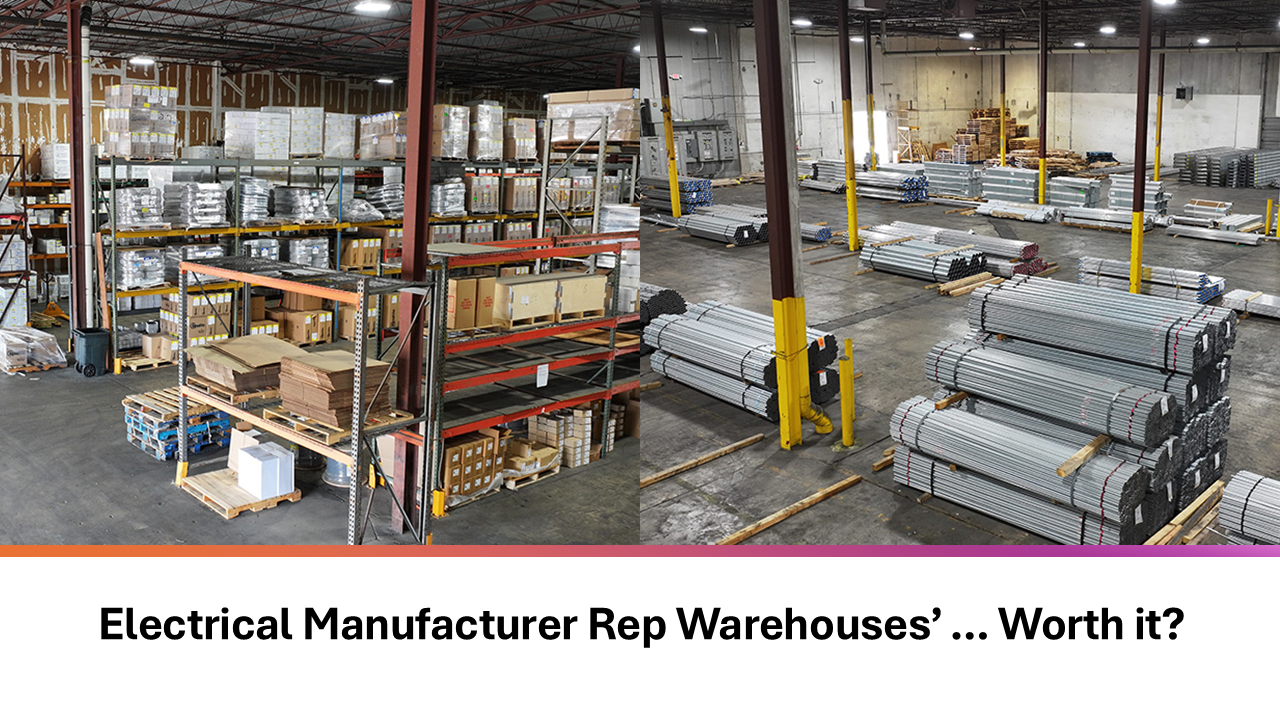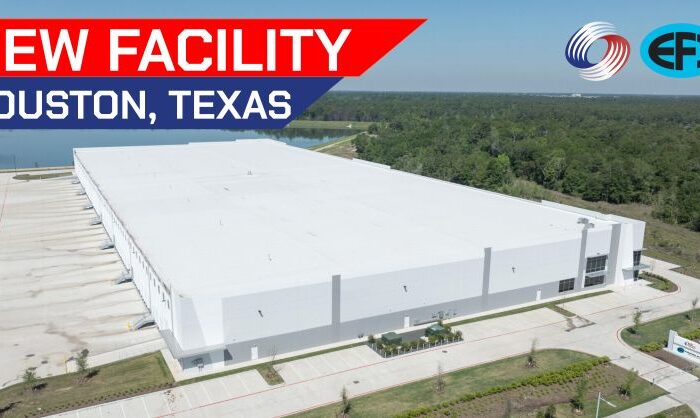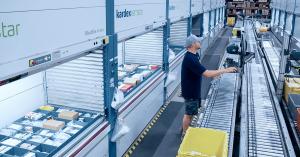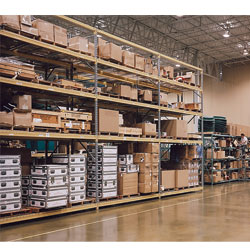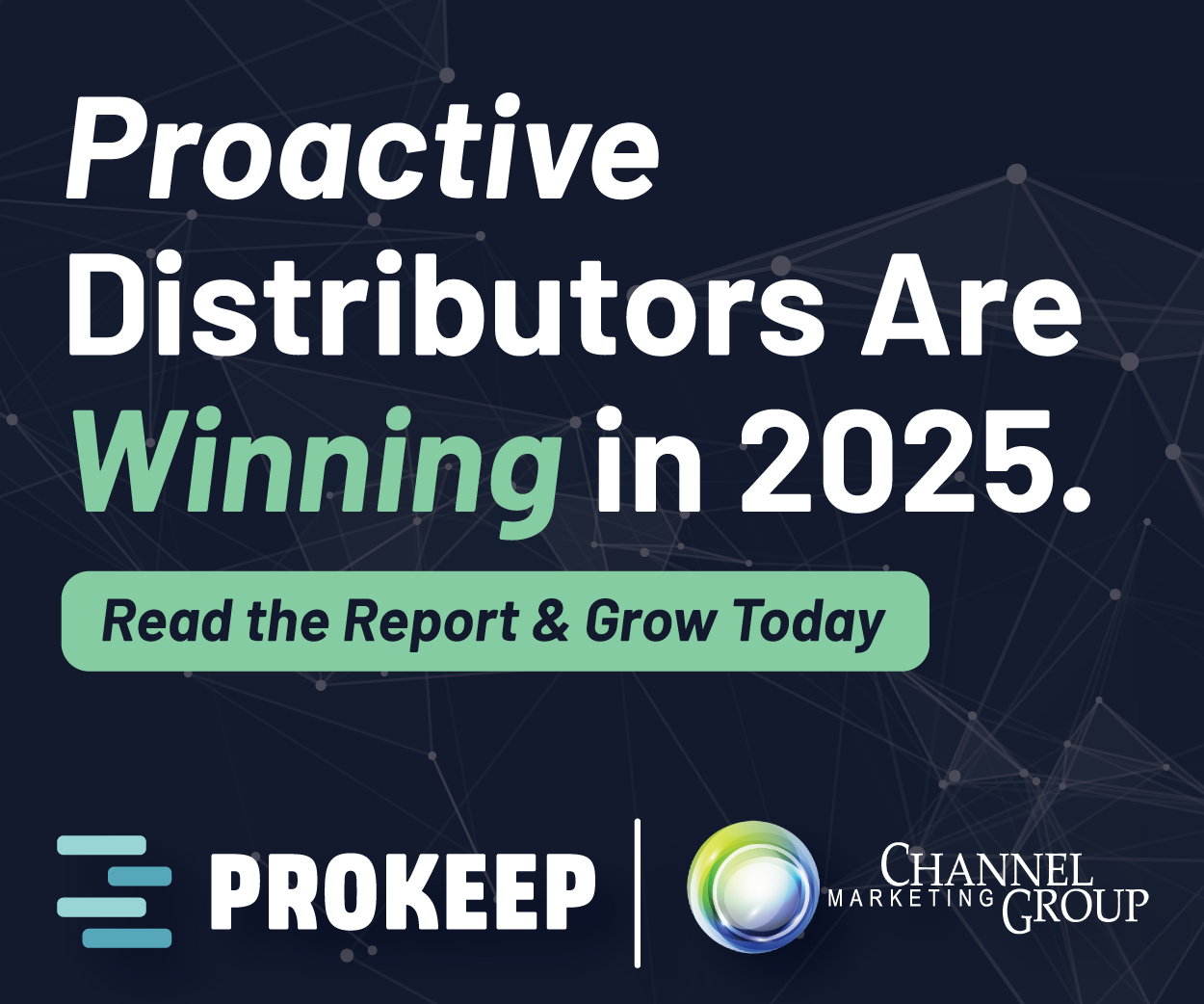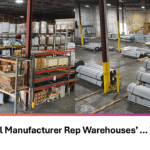Gene’s Warehouse Wisdom
During recent conversations with some reps, the topic of rep warehouses came up. Some markets support rep warehouses; others seemingly despise them. Some reps have embraced for many reasons, some think it is a foreign concept whereas others say, “how could I make money from them?” And the definition of “making money” can be varied.
At the same time, some manufacturers are supportive as it can help them position product “closer to the customer” but others are “system challenged” in managing inventory at multiple locations. For some it is a cost savings (shipping, warehouse space, outsourcing of labor, etc.), others it is a, seemingly, worthwhile investment.
As you can see, it depends on your perspective … and if you have one, or if you use a rep’s warehouse (regularly or periodically … it may have gotten you out of a jam.)
So, rather than share concepts, we decided to let Gene share his real-world rep experience.
Gene’s Warehouse Wisdom
In 1946 my grandfather opened an electrical manufacturer’s representative with one company he had previously been a salesperson: a wiring device manufacturer. His territory was Maine to Cuba. In that year he opened a warehouse. Orders were shipped over four floors on a mechanical conveyor with multiple people on each floor. Many of the warehouse people were professional boxers in between fights trying to earn a living at that time. In fact, Harold Johnson was the light heavyweight champion at the time
In 1958 my father, a NEMRA Charter Member and an early Chairman of NEMRA, started our company after my grandfather’s passing with a one-floor warehouse staffed by men who had previous warehouse experience, a half dozen hand trucks, and 8,000 square feet in the Philadelphia area.
When I took over in 1982, we had 60,000 square feet: multiple doorways, one for receiving and one for shipping plus another for deliveries by train. We had three forklifts; multiple hand trucks of different sizes and we were the largest shipping customer in Philadelphia for the carrier A. Duie Pyle while still utilizing other carriers. Our warehouse associates had to have forklift and warehousing certifications. We also had two overhead cranes. Looking back at it, Dad was very successful in running a large warehouse.
Warehousing was mandated by the manufacturers who needed to ship out material by the truckload as they needed their space for manufacturing rather than finished goods warehousing. Truckers were generally regional, and to deliver product when needed meant getting the product into the field for distributor pickups or shipments with next-day delivery to outlying distributors, or branches, as well as to distributors that had far less space to store material. There were few CDCs in those days so material often was shipped directly to branches. Essentially, distributors relied on reps to deliver products to their locations for customer pick-up.
The company offered shipments to main locations separated by the branch it would end up at so when the distributor received it, they would not need to be counted, put into stock, pulled for the branch, and counted again. We entitled this service “dock to stock”
Before VMI we sent “loyal to the brand” distributors computer runouts of our inventory, some included that inventory in their systems so their inside salespeople would be able to guarantee their customers next day delivery. Essentially, we became an extension of their warehouse / inventory.
We invested into computer systems and added inside people, as well as additional warehouse staff (and sometimes equipment) all in the name of serving the distributor. We were not being compensated by manufacturers. As the service grew, and our inventory grew, suddenly multiple insurances were demanded by our manufacturers. Eventually cameras were added for various security purposes, along with extended hours … all at additional cost.
Early on we insisted, which became a requirement and hence a benefit, that only stocking distributors were able to use our facilities for pickups. The company maintains this policy today.
Are Warehouses Profitable?
Our accountant, 20 years ago, suggested that we separate into two corporations. One for the sales aspect of the business and another for warehouse operations to show the financial needs of both, and if each were profitable.
After he worked on this strategy by collecting data, he told us to keep it as one because the warehouse cost vs income would not show a profit!
We spoke with our manufacturers to request a capability for a charge to the distributor for pickups to both encourage heavier stocking and to properly compensate us for these small orders. Each one, at that time, refused to do separate billing and add another rep payment. We did, however, negotiate with a few of our manufacturers that shipments outside our territory would receive extra warehouse commissions since we received no sales compensation. (After all, we were doing a service for them!)
We did develop a program that allowed two manufacturers’ products that complemented each other and helped against competitors to bundle their material into one shipment. Our distributors could place an order for two manufacturers on one purchase order. They were billed by one, prepaid was combined and our sales on both increased significantly. (the old “be easy to do business with” trick!) The two manufacturers had two additional common representatives and took our program to those geographies and were also successful.
About 15-20 years ago manufacturers decided to build larger warehousing capabilities driven by customer preferences, and a belief they could ship more complete order faster. Manufacturers made significant investments to better serve their customers, and to be more consistent across the country. However, as distributors have grown larger with their own distribution centers, 3-day delivery became inconsistent as their customers have demanded “ just in time “deliveries. Many of the same manufacturers that spent significant dollars, time and focus found they now needed regional warehousing and to many, this meant a return to rep warehouses. And I grant, this differs around the country and by manufacturer. In some markets there are no significant rep warehouses.
It has also meant significant marketing by many representatives to end users when specifying their products because of local 24/7 local warehouses. Again, our warehouse supported our local stocking product. Any manufacturer that the distributor supported could be accessed. Those the distributor did not were inaccessible, hence a rep warehouse could be a sales tool to capture a stocking position at a distributor. Now, does a manufacturer value this, I do not know if as few, if any, provide different selling compensation levels for stocking vs non-stocking reps (and yes, some that support rep warehouses do provide warehousing compensation in various forms.)
Other Benefits of Warehouses
Other benefits of having a warehouse have included being of service to contractors and stocking distributors. This customer partnering and helping distributors, and manufacturers, with demand generation.
- During COVID, our warehouse inventory supported hospitals with the products we had, especially PPE supplies, and often we were open 7 days a week.
- Further, contractors that purchased jobs from our stocking distributors who needed warehousing beyond the distributor’s capabilities were inventoried at our warehouse, including a multimillion-dollar utility contract. Aside from being an extension of our stocking distributors’ inventory, we can be an extension of their warehouse space … and this helps us AND them win business together. I feel that this is true partnering and joint selling.
- We met with a national contractor doing national high-tech warehouses. They faced significant penalties for late completion of project phases. They included us in their entire needs for the projects for all products we represented with the stipulation we shipped same day as they had scheduled delivery. Our warehouse capability was utilized by this contractor for 6 warehouses and the agency hopes for more.
- Some rep agencies have their own trucking capabilities, wire cutting capabilities and strut cutting capabilities. I know of distributors that have CDCs that utilize these services from those reps with those capabilities even though in my mind, this detracts from their own capabilities and benefits. Must be more efficient or less costly.
In each case, along our warehousing journey, we were in constant communication with our manufacturers, distributors, and users. Our company has a separate Mission and Commitment Statement for both sides of the business and, for the warehouse, we follow an ISO certified system.
I only address those that are anti- warehousing that there are many reps who successfully operate a warehouse and are loyal, moral, and successful with an intent not to compete against distribution, but to support the distribution model.
Thoughts
- Gene shared his perspective. What is yours? What is your experience (and yes, we can maintain confidentiality, either post anonymously or email to me and I can “sanitize” and post for you.)
- I’ve had warehousing reps as clients and have shared ideas on various compensation reimbursement models. Some are designed to “get to break-even,” others are to convert it to a profit center (after all, isn’t that what a 3PL does and they are for-profit entities.) For some reps, a warehouse is another wealth-building asset whereas for others it is a leased expense. In many instances there is a mortgage that needs to get paid … and in all there are operating expenses, let alone labor, which are monthly expenses.
- Gene mentions his experience with his accountant. Others have viewed the financial benefits differently, and it depends upon personal / business objectives, your accountant, and tax laws, so, your experience, and benefits, may differ.)
- Personally, I question the model of inventory being “consigned” (rep receives no compensation until the product is sold) but I understand if the rep utilizes the model, like Gene, as a sales tool and strategically justifies it.
- And yes, much depends upon the market and whether distributors are investing in inventory.
Rep warehouses. Pros? Cons? Why?


